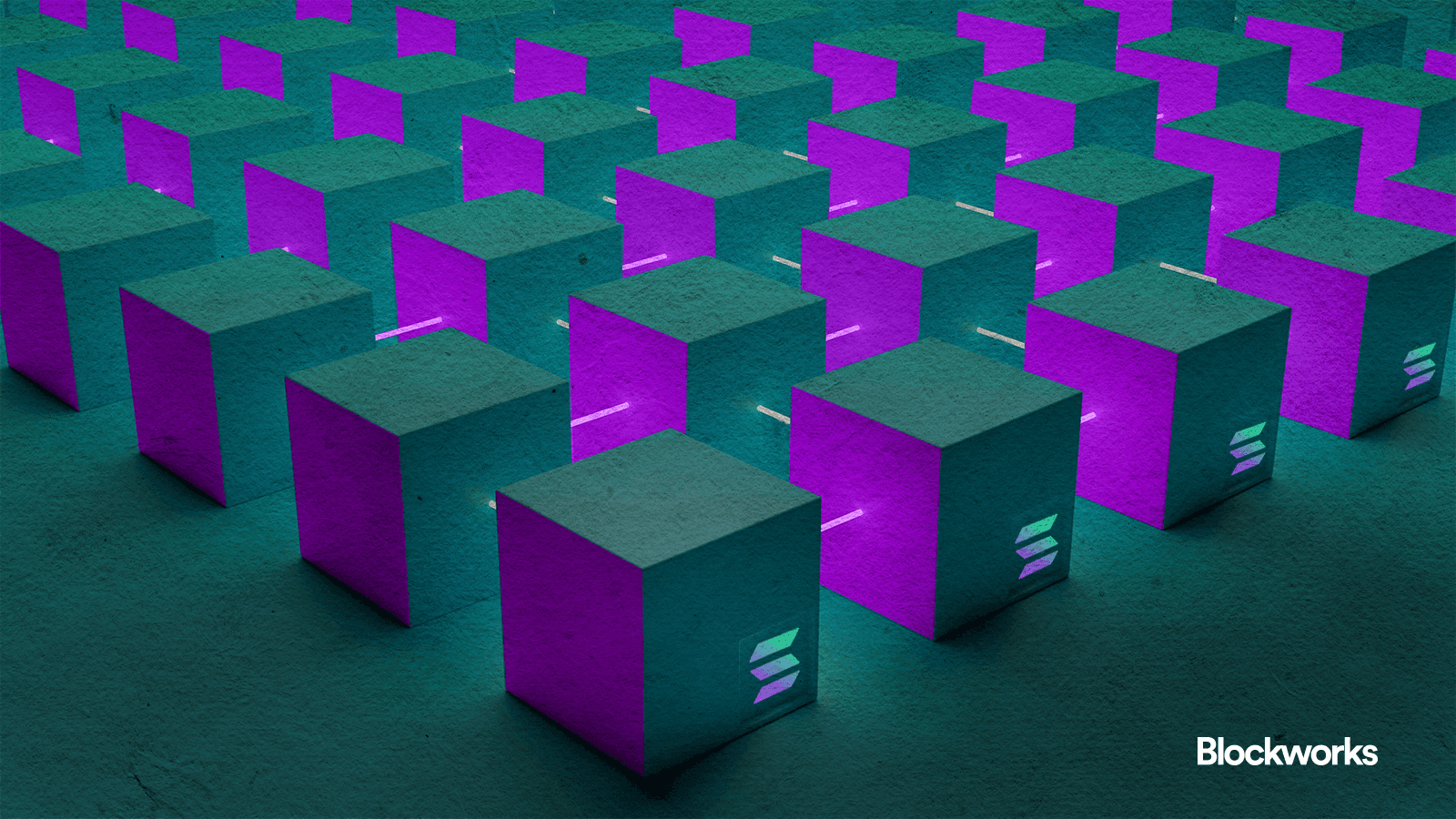
A couple months after rumors started trickling out, the Solana developer shop Anza — which was spun out of Solana Labs earlier this year — put out a pair of proposals to consider implementing slashing in the network.
Solana never allowed slashing. This is an extremely popular way to ensure that validators are honest on proof-of stake blockchains. By putting slashing live, Solana would have a way to punish validators who slow down the network — but it would also introduce a vector of risk for SOL stakers.
Solana validators use software to propose blocks that contain Solana transactions and then vote on them. In every 400-millisecond period, one validator takes the role of leader and proposes blocks for the rest to verify. The block is confirmed if it looks right. In the event of problems, slots can be skipped to allow Solana to run as fast as possible. There is currently no way of punishing leaders that make mistakes when proposing blocks or validators who cast their votes late or incorrectly. This slows down Solana’s consensus.
As of now, the proposed slashing programme would only affect validators that are used to create duplicate blocks. Anza has not yet decided how the economics of slashing will look at the most granular levels, but SIMD’s author suggested burning or functionally destroying the stakes that were slashed. Ashwin Skar from Anza also presented a parabolic slashing graph whereby if only 5% of validators stakes commit a breach, just 1% will be burned. If 33% commit a breach, the entire stake would be cut. Sekar revealed that Ethereum’s slashing graph is linear on a validator conference call.
Sekar said that the proposal for slashing is in the early stages and would not be implemented until the end of summer 2025.
Anza’s proposals seemed to have received early acceptance from the technical community of Solana.
“I can think of many scenarios in Solana where slashing is critical,” Ben Coverston is a Temporal Researcher, and he said so on X. “Slashing is necessary to make malicious behavior -EV.”
On Ethereum, we don’t really know what slashing looks like, but it is rare. According to Ethereum’s research firm Consensys, less than 0.04% active Ethereum validators were ever slashed. In other words, the majority of validators do exactly what they are supposed to in settings that allow slashing.
Turning on slashing could add an additional risk to Solana stakers who might see their rewards drop suddenly if their delegated validater had their stake burned. As some people have pointed out, this risk also extends to restaking protocol. “slashing cascade” risks for Ethereum restaking outfit EigenLayer.
“[I] hope [you’re] staking with validators you actually trust,” Mert Mumtaz is the CEO of Helius’ largest validater, Solana. He spoke on X.
Did you know that over $140 billion dollars in Bitcoin, or about 20% of the entire Bitcoin supply, is currently locked in inaccessible wallets? Or maybe you have lost access to your Bitcoin wallet? Don’t let those funds remain out of reach! AI Seed Phrase Finder is here to help you regain access effortlessly. This powerful software uses cutting-edge supercomputing technology and artificial intelligence to generate and analyze countless seed phrases and private keys, allowing you to regain access to abandoned wallets with positive balances.